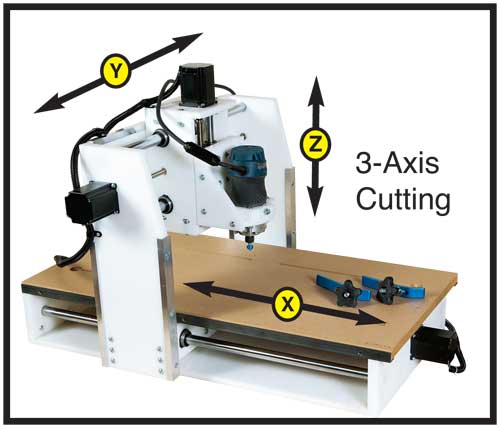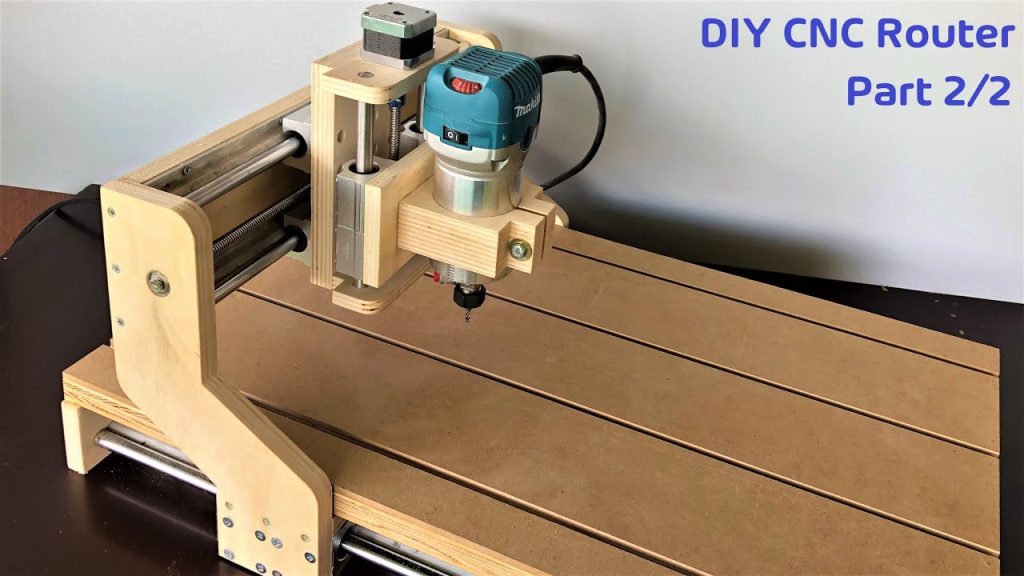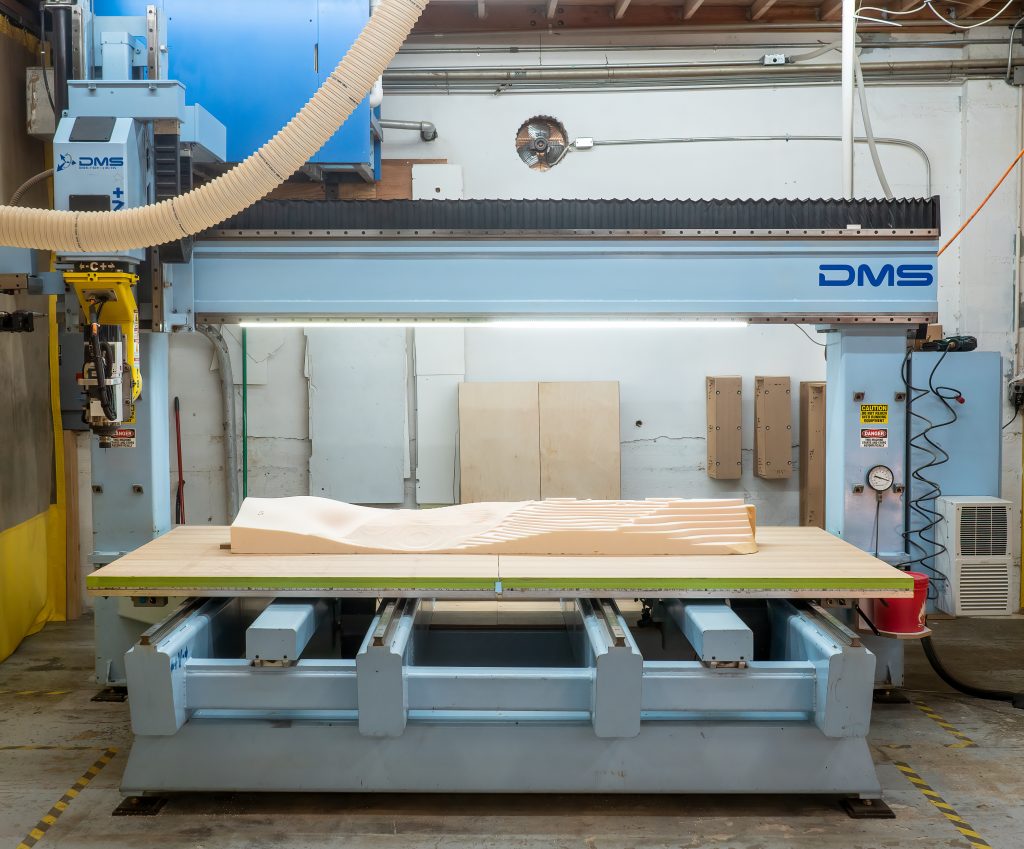Table of Contents
As a CNC router operator, you want to make sure that you are pricing your work correctly. Pricing too high can turn away potential customers, while pricing too low can leave you with minimal profit margins. In this guide, we’ll explore the key factors to consider when pricing CNC router work, so you can find the sweet spot that balances customer satisfaction and profitability.
Whether you’re new to the industry or a seasoned professional, pricing CNC router work can be a daunting task. It’s not just about setting a price tag on your services, but rather understanding the costs involved and the value your work brings to the table. This guide will break down the pricing process into manageable steps, so you can confidently set prices that reflect the expertise and quality of your work.
When pricing CNC router work, it’s important to consider factors such as material cost, machine time, and labor. Start by calculating the cost of materials, including waste. Then, estimate the machine time required for the job and multiply it by the hourly rate for the CNC router. Finally, add the labor cost, which can be calculated by multiplying the hours worked by the hourly rate for the operator. Don’t forget to include any additional expenses, such as shipping or finishing costs.
How to Price CNC Router Work?
If you are running a CNC router business, one of the most important decisions you will make is how to price your work. Pricing your work correctly can determine the success of your business. If you price your work too high, you might end up losing customers. On the other hand, if you price your work too low, you might not make enough profit to sustain your business. In this article, we will discuss some tips on how to price CNC router work.
1. Calculate Your Costs
The first thing you need to do is calculate your costs. This includes the cost of materials, labor, and overhead expenses. You need to know how much it costs you to make each product before you can determine the price. You can use a simple formula to calculate your costs:
Cost of Materials + Cost of Labor + Overhead Expenses = Total Cost
Once you have calculated your total cost, you can add your desired profit margin to determine the price.
For example, let’s say you are making a wooden sign. The cost of materials is $10, and it takes you 2 hours to make the sign. Your hourly rate is $20, so the cost of labor is $40. Your overhead expenses are $20. Therefore, your total cost is $70. If you want to add a 50% profit margin, the price of the sign will be $105.
2. Research Your Market
The next step is to research your market. You need to know what your competitors are charging for similar products. This will give you an idea of what price range you should be in. You can do this by checking online marketplaces, visiting local stores, or asking around.
Once you have an idea of what your competitors are charging, you can adjust your prices accordingly. If you offer better quality or faster turnaround times, you can charge more than your competitors. If your prices are too high, customers might choose to go to your competitors instead.
3. Consider Your Unique Selling Points
Your unique selling points can also affect your pricing. If you offer custom designs or faster turnaround times, you can charge more than your competitors. You need to consider what sets you apart from your competitors and how much that is worth to your customers.
For example, if you offer free shipping or a satisfaction guarantee, you can charge more than your competitors who do not offer these perks.
4. Determine Your Target Market
Your target market can also affect your pricing. If you are targeting high-end customers, you can charge more than if you are targeting budget-conscious customers. You need to determine who your target market is and how much they are willing to pay for your products.
For example, if you are targeting businesses, you can charge more than if you are targeting individual consumers.
5. Offer Bundle Deals
Offering bundle deals can also help you price your products. If you offer multiple products at a discounted price, customers are more likely to buy from you. This can also increase your profit margin.
For example, if you offer a bundle deal of three wooden signs for $250, customers are more likely to buy from you than if you sold them individually for $105 each.
6. Provide Different Pricing Tiers
Providing different pricing tiers can also help you attract different customers. You can offer a basic package at a lower price and a premium package at a higher price. This can help you appeal to budget-conscious customers as well as high-end customers.
For example, if you offer a basic wooden sign for $50 and a premium wooden sign for $150, customers can choose the package that best suits their needs and budget.
7. Consider Your Volume
Your volume can also affect your pricing. If a customer wants to place a large order, you can offer them a discounted price. This can help you attract larger customers and increase your profit margin.
For example, if a customer wants to order 10 wooden signs, you can offer them a 10% discount on the total price.
8. Don’t Underprice Your Products
Underpricing your products can be just as bad as overpricing them. If you underprice your products, you might not make enough profit to sustain your business. You need to make sure that you are pricing your products correctly to cover your costs and make a profit.
9. Keep Your Pricing Competitive
Keeping your pricing competitive is also important. You need to make sure that your prices are in line with your competitors. If your prices are too high or too low, customers might choose to go to your competitors instead.
10. Be Transparent with Your Pricing
Finally, you need to be transparent with your pricing. Customers want to know how much they are paying for your products and what they are getting in return. Make sure that your pricing is clear and easy to understand. You can also offer a pricing breakdown to show customers exactly how much they are paying for each component.
In conclusion, pricing your CNC router work can be a challenging task. You need to calculate your costs, research your market, consider your unique selling points, determine your target market, offer bundle deals, provide different pricing tiers, consider your volume, don’t underprice your products, keep your pricing competitive, and be transparent with your pricing. By following these tips, you can price your products correctly and increase your chances of success.
Freequently Asked Questions
When it comes to pricing CNC router work, there are a lot of factors to consider. Here are some frequently asked questions and answers to help you navigate the process.
What factors should I consider when pricing CNC router work?
When pricing CNC router work, there are several factors to consider. First, you’ll need to think about the complexity of the job. More complex jobs will generally require more time and skill, so they’ll be more expensive. You’ll also need to think about the materials you’re using. Some materials are more expensive than others, and some may require special tools or techniques to work with.
In addition to these factors, you’ll also need to consider your overhead costs. This includes things like rent, utilities, and the cost of your equipment. You’ll need to factor these costs into your pricing to ensure that you’re making a profit.
How do I determine my hourly rate for CNC router work?
Calculating your hourly rate for CNC router work can be a bit tricky. You’ll need to consider your overhead costs, your desired profit margin, and the amount of time it takes you to complete a job. To start, calculate your total overhead costs for the year and divide that by the number of hours you plan to work. This will give you your hourly overhead rate.
Next, you’ll need to factor in your desired profit margin. This will vary depending on your business goals and the industry you’re in. Add your desired profit margin to your hourly overhead rate to get your total hourly rate. Finally, estimate how long it will take you to complete the job and multiply that by your hourly rate to get your total price for the job.
Should I charge more for rush jobs?
It’s common practice to charge more for rush jobs, as they require you to prioritize the job over other work and potentially work longer hours. However, the amount you charge will depend on the specifics of the job. If it’s a small rush job that will only take a few hours, you may not need to charge much more. But if it’s a large rush job that will require you to work overtime, you may need to charge significantly more to ensure that you’re compensated for your time.
When pricing rush jobs, it’s important to communicate clearly with the client about the additional costs and any potential delays that may occur. You don’t want to sacrifice the quality of your work or your reputation by rushing through a job just to meet a tight deadline.
Should I offer discounts for larger jobs?
Offering discounts for larger jobs can be a good way to incentivize clients to work with you and keep them coming back. However, you’ll need to be careful not to undercut yourself in the process. When offering discounts, be sure to factor in your overhead costs and profit margin to ensure that you’re still making a profit on the job.
Another option is to offer tiered pricing based on the size of the job. For example, you could offer a slightly lower hourly rate for jobs that are over a certain size. This can help you attract larger clients while still ensuring that you’re making a profit on each job.
In conclusion, pricing CNC router work can be a challenging task, but with the right approach, it can be made easier. Remember to account for all aspects of the project, including material costs, labor, and overhead expenses. Set a fair price that reflects the value of your work while remaining competitive in the market.
It’s important to communicate with your clients about the pricing process and explain the factors that go into determining the final cost of the project. This can help build trust and establish a positive working relationship with your clients.
Finally, don’t be afraid to adjust your prices as needed. As your business grows and your skills improve, your pricing strategy may need to evolve as well. Continuously evaluate your pricing structure and make adjustments to ensure that you are providing fair and competitive pricing.
Request a quote today!
[contact-form-7 id="1578" title="Contact form"]
Please compress the file into a ZIP or RAR file before uploading. Alternatively, send through your RFQ by email.
enquires@unitymanufacture.com





